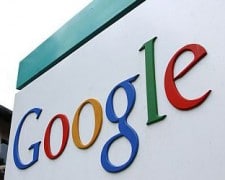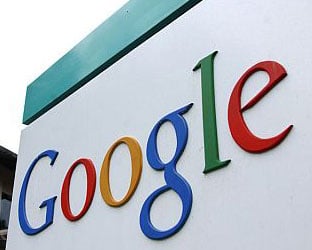 Two BTIG Research analysts went to Kansas City, KS to see how Google’s new Google Fiber service is performing. Meanwhile, the Time Warner Cable system in Kansas City appears to be “freaking out about the rollout of Google Fiber. Google Fiber puts the Time Warner Cable offering to shame,” according to a Business Insider story.
Two BTIG Research analysts went to Kansas City, KS to see how Google’s new Google Fiber service is performing. Meanwhile, the Time Warner Cable system in Kansas City appears to be “freaking out about the rollout of Google Fiber. Google Fiber puts the Time Warner Cable offering to shame,” according to a Business Insider story.
The analysts, Rich Greenfield and Walter Piecyk, wrote a detailed report about how Google Fiber works and what the TV and Internet experience is like.
Here are some key points:
–Google Fiber provides 1 Gbps (as in gigabit per second) of data speed, downstream and upstream, for $70 a month. That’s 75-100 times as fast as cable Internet service (at least Time Warner’s) when it’s operating at advertised speeds (which, in our household at least, it often is not).
–The Google installers promise to come to your house at the time of your appointment, not in some vague “window” that requires you to be home for 4 hours at a stretch (or much longer, if they don’t show). For anyone who has ever screamed in rage at the lousy customer service provided by the local cable company, this will be a big selling point. It will be interesting to see if Google can actually deliver on it.
–The installation is a two-step process. There are different technicians for inside and outside your house, and they come on different days.
–In the first step, the Google installers pull fiber from the utility pole to the side of your house. The “fiber” is actually fiber: A thin thread of glass.
–In the second step, a home installer brings several pieces of equipment to your house, depending on whether you want just Internet or “TV service” for an additional $50 per month. The additional equipment consists of a “fiber jack” (a sort of modem), a “storage” box that acts as the home server, and a “TV box” for each TV. The TV boxes are small and sexy and look nothing like massive cable TV boxes. The TV boxes also operate partly via WiFi and bluetooth (fewer cords). The storage box can store two terabytes of video.
–You get a free Nexus 7 tablet (with a two-year subscription) to use as a remote control, in addition to a Google Fiber remote. The Google Fiber remote has fewer mystifying buttons than a typical TV remote. That’s a very encouraging change from the “Google TV” remote of a couple of years ago, which looked more complicated than the flight deck of the Space Shuttle.
— The “TV” interface comes in a few different formats: There’s a standard channel guide with DVR functionality, a “Discover” engine that recommends shows and movies to you, and the Holy Grail of TV 2.0: An interface that allows you to select what you want to watch and then lists every version of it that is available, regardless of which network or delivery service is showing it (i.e., Netflix, YouTube, CBS, etc.) The latter is the interface that most digital TV viewers have been waiting for.
–The TV service is still lacking several obvious features and attributes, such as YouTube integration and HBO and other networks. Also, you have to use the Google Fiber remote control to run Netflix. But the single interface is helpful. (Right now, in our household, we have to search three or four different services to try to find a particular movie or program: “On Demand” directories from HBO, etc., Netflix, iTunes, and Amazon. This is tedious and annoying.)
Cable companies appear to be freaking out about the arrival of Google Fiber, which, at least on paper, offers a much better service for less money. Greenfield and Piecyk report that Time Warner Cable is literally going from house to house to check Internet speeds and make sure customers are happy. If all Google Fiber does is make cable companies start caring more about customer service, it will be a big win for the country.
Basically, it sounds like the whole country should be praying that Google decides to build out their neighborhood with Google Fiber next.
See the Business Insider story here
RBR-TVBR observation: It’s not just about internet speed to the home. You can have all the online speed a secure government facility is privy to, but if your laptop or PC are not all that fast, it won’t make a huge difference. What does stand out, though, is the interface that allows you to select what you want to watch and then lists every version of it that is available, regardless of which network or delivery service is showing it (i.e., Netflix, YouTube, CBS). That functionality is part of the next wave that both TV manufacturers and set-top box providers are working on—and may be the reason for the delayed rollout of the much-anticipated Apple TV set.





